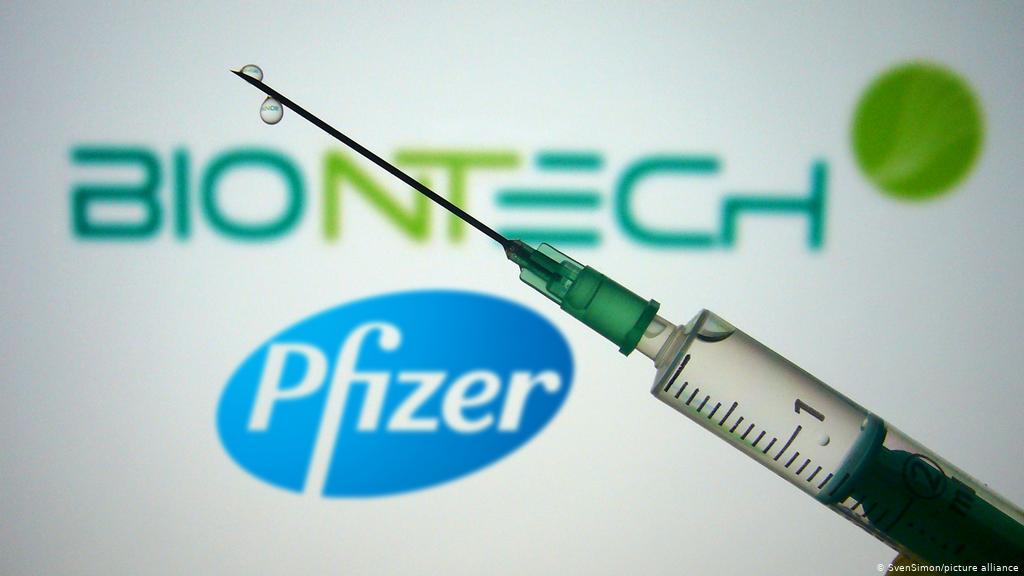
Following the approval of the Pfizer/BioNTech COVID-19, WHO has called for equitable distribution of the vaccines.
The New Coronavirus claimed six people on Thursday as the country welcomed the New Year -after two women and four men succumbed to the virus as Rwanda hopes to roll out the vaccine early next year.
The six new fatalities announced by the Ministry of Health on followed seven more announced on Wednesday as the country continues to see a spike in COVID-19 numbers and deaths.
The deceased were two women aged 38 and 40 and four men aged 52, 57, 62 and 71, all in the City of Kigali.
In 24 hours, 133 new infections were registered, of which 97 were in Kigali, 24 in Musanze, 6 in Rubavu, 3 in Huye, 2 in Muhanga, and 1 in Kamonyi.
The death toll from the epidemic in Rwanda continues to rise, now at 92. The total number of infected is 8,383, with 730,136 tests done so far.
Vaccine Hope
In his New Year message, President Paul Kagame urged Rwandans to be patient and resilient as they wait for the vaccine roll out next year.
The Ministry of Health retweeted a World Health Organisation (WHO) tweet announcing the approval of the Pfizer/BioNTech COVID-19 vaccine on Thursday, which became the first vaccine to receive WHO validation for emergency use since the outbreak began.
Following the approval, WHO said equitable global access to vaccines will be crucial to combat the pandemic.
The WHO’s Emergency Use Listing (EUL) opened the door for countries to expedite their own regulatory approval processes to import and administer the vaccine. It also enables UNICEF and the Pan-American Health Organization to procure the vaccine for distribution to countries in need.
“This is a very positive step towards ensuring global access to COVID-19 vaccines. But I want to emphasize the need for an even greater global effort to achieve enough vaccine supply to meet the needs of priority populations everywhere,” said Dr Mariângela Simão, WHO Assistant-Director General for Access to Medicines and Health Products.
“WHO and our partners are working night and day to evaluate other vaccines that have reached safety and efficacy standards. We encourage even more developers to come forward for review and assessment. It’s vitally important that we secure the critical supply needed to serve all countries around the world and stem the pandemic.”
Regulatory experts convened by WHO from around the world and WHO’s own teams reviewed the data on the Pfizer/BioNTech vaccine’s safety, efficacy and quality as part of a risk-versus-benefit analysis. The review found that the vaccine met the must-have criteria for safety and efficacy set out by WHO, and that the benefits of using the vaccine to address COVID-19 offset potential risks.
The vaccine is also under policy review. WHO’s Strategic Advisory Group of Experts on Immunization (SAGE) will convene on 5 January, 2021, to formulate vaccine specific policies and recommendations for this product’s use in populations, drawing from the SAGE population prioritization recommendations for COVID-19 vaccines in general, issued in September 2020.
The Comirnaty vaccine requires storage using an ultra-cold chain; it needs to be stored at -60°C to -90°C degrees. This requirement makes the vaccine more challenging to deploy in settings where ultra-cold chain equipment may not be available or reliably accessible. For that reason, WHO is working to support countries in assessing their delivery plans and preparing for use where possible.
How the emergency use listing works
The emergency use listing (EUL) procedure assesses the suitability of novel health products during public health emergencies. The objective is to make medicines, vaccines and diagnostics available as rapidly as possible to address the emergency while adhering to stringent criteria of safety, efficacy and quality. The assessment weighs the threat posed by the emergency as well as the benefit that would accrue from the use of the product against any potential risks.
The EUL pathway involves a rigorous assessment of late phase II and phase III clinical trial data as well as substantial additional data on safety, efficacy, quality and a risk management plan. These data are reviewed by independent experts and WHO teams who consider the current body of evidence on the vaccine under consideration, the plans for monitoring its use, and plans for further studies.
Experts from individual national authorities are invited to participate in the EUL review. Once a vaccine has been listed for WHO emergency use, WHO engages its regional regulatory networks and partners to inform national health authorities on the vaccine and its anticipated benefits based on data from clinical studies to date.
In addition to the global, regional, and country regulatory procedures for emergency use, each country undertakes a policy process to decide whether and in whom to use the vaccine, with prioritization specified for the earliest use. Countries also undertake a vaccine readiness assessment which informs the vaccine deployment and introduction plan for the implementation of the vaccine under the EUL.
As part of the EUL process, the company producing the vaccine must commit to continue to generate data to enable full licensure and WHO prequalification of the vaccine. The WHO prequalification process will assess additional clinical data generated from vaccine trials and deployment on a rolling basis to ensure the vaccine meets the necessary standards of quality, safety and efficacy for broader availability.


